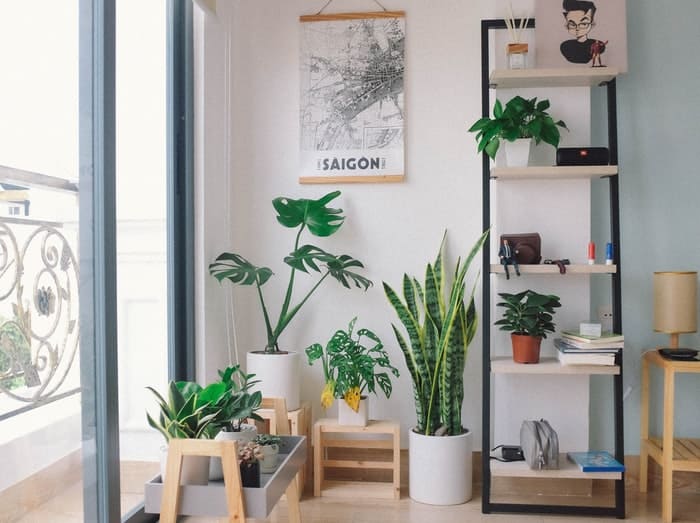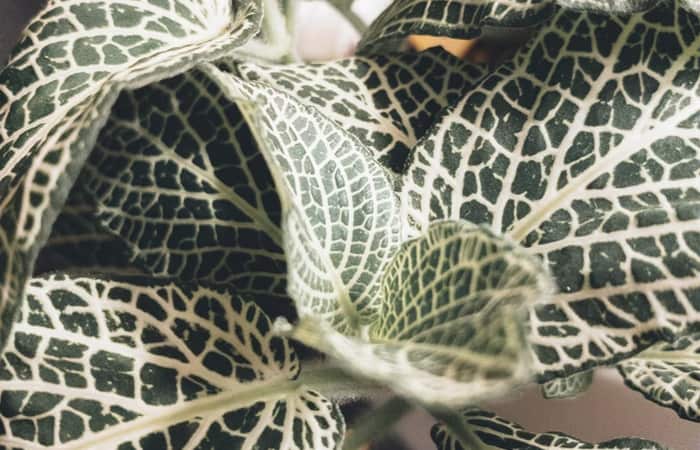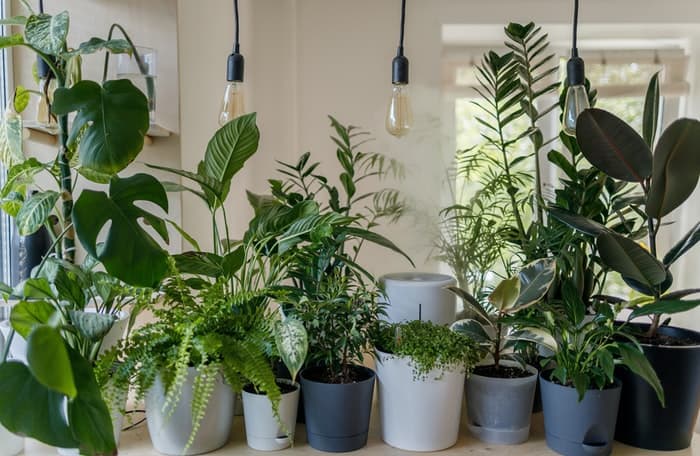Houseplants are often sold with the promise of improving air quality, but does that include humidity? A study found that some plants do release water vapor, but not enough to make a significant impact on indoor humidity levels. The amount of water released depends on the plant’s size, type, and environment; most plants only release a fraction of a percent of their water content each day. While houseplants may not be able to solve your humidity woes, they can still improve air quality by removing toxins and pollutants.

10 Plants that Reduce Humidity
Humidity is a measure of the amount of water vapor in the air. It can be uncomfortable when it’s high and can cause problems like mold and mildew. There are plants that can help reduce humidity levels in your home or office. Here are 10 plants that are known to reduce humidity:
Spider Plant
Spider plants are excellent at reducing humidity levels in a room, as they transpire water droplets from their leaves which helps to cool the surrounding air. Additionally, the leaves of a spider plant are covered in tiny hairs that help to trap moisture, which also aids in reducing humidity levels.
Orchids
Orchids can reduce indoor humidity because they transpire large amounts of water vapor. This water vapor is released from the leaves as the plant takes in carbon dioxide from the air. When there are a lot of orchids in a room, the humidity level can drop significantly.
Peace Lily
The Peace Lily plant is a tropical plant that is known for its ability to reduce indoor humidity. The plant does this by transpiring water through its leaves, which reduces the amount of moisture in the air. Additionally, the Peace Lily plant is known for its ability to filter out pollutants from the air, making it a great choice for people who suffer from asthma or allergies.
Calathea
The leaves of the Calathea genus are known for their ability to reduce the humidity levels in a room, making them ideal plants for indoor use. This is because the leaves produce a sap that contains a compound called methyl salicylate. This compound helps the plant to retain water, which reduces the humidity level in the surrounding air.
Nerve Plants
Nerve plants are tropical plants that release water vapor into the air, which can reduce the humidity levels in a room. The plants do this by transpiring, or losing water through their leaves. This can be beneficial in dry climates, where lowering the humidity can help prevent the growth of mold and mildew.

English Ivy
English Ivy is a plant that is often used indoors to improve air quality. It can reduce indoor humidity levels by absorbing moisture from the air. This helps to prevent mold and mildew from growing in the home. English Ivy also releases oxygen into the air, which can improve air quality.
Tillandsia
Tillandsia air plants can reduce indoor humidity by absorbing moisture from the air. The plants have specialized leaves that are covered in tiny hairs that trap moisture. The plant then uses the moisture to extract nutrients from the soil.
Lucky Bamboo
Lucky bamboo is a popular houseplant that is often claimed to improve air quality and reduce indoor humidity levels. A small pot of lucky bamboo can transpire up to a gallon of water per day, which can help to reduce the humidity levels in a room. Additionally, the leaves and stems of lucky bamboo release oxygen into the air, which can also help to improve the air quality in a room.
Boston Fern
Boston Ferns are effective at reducing indoor humidity levels because they transpire heavily, absorbing water vapor from the air and releasing it into the environment as liquid water droplets on their leaves. This process of evapotranspiration helps to make the air more breathable and can reduce the likelihood of mold growth indoors. Boston Ferns are also thought to improve air quality by releasing oxygen into the atmosphere and removing harmful toxins.
Cast Iron Plant
Cast iron plant is a popular houseplant that is known for its ability to reduce indoor humidity levels. This is because cast iron plants transpire heavily, and release a large amount of water vapor into the air. As the water vapor mixes with the warm air in the room, it causes the humidity level to drop. For this reason, cast iron plants are often used in dry climates or in homes with dry indoor air.
How to Use Houseplants to Reduce Humidity
Houseplants can be a great way to reduce humidity levels in a home. Not only will they help to cool the air, but they will also absorb moisture from the air, reducing the amount of moisture that can accumulate. Below are some tips to use houseplants to reduce humidity:
Group Them Together
Houseplants are a great way to improve air quality, and they can also be used to reduce humidity levels. If you have a humid room, grouping plants together can help to reduce the humidity.
The larger the plant, the more moisture it will release into the air. So, grouping smaller plants together will help to create a microclimate that is drier than the surrounding area. Some good choices for reducing humidity levels are Boston ferns, dracaenas, and spider plants.

Place Plants Near a Window
Houseplants can be placed near a window to reduce humidity levels in the home. The plants will remove moisture from the air, and the window will allow for airflow to further reduce humidity levels. Some plants that are effective at reducing humidity levels include spider plants, English ivy, and Boston ferns.
Use Plants with Big Leaves
Houseplants are a great way to reduce humidity levels in your home. Plants with big leaves work the best for this purpose. Some plants that have big leaves and can reduce humidity levels in your home are: the Boston fern, the elephant ear plant, and the philodendron. These plants remove moisture from the air through their leaves, which helps to lower humidity levels.
Conclusion
In conclusion, houseplants do reduce humidity. This is a great way to improve air quality and make your home more comfortable. If you are looking to buy a houseplant, try our suggestions above for maximum effects.









